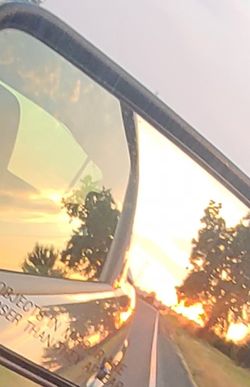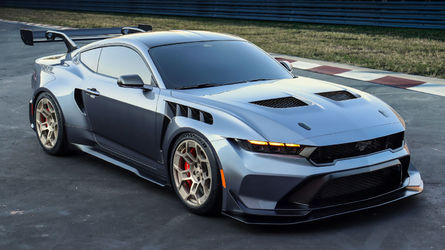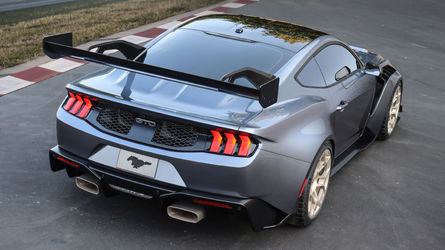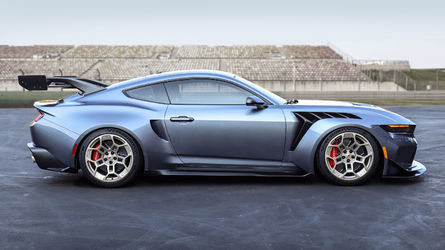By Bob Bondurant (5/5/2001)
High-performance driving isn't something to take lightly. And it's not something to approach without knowing the language.
Over the next year, we'll be introducing you to the world of high-performance driving and to the techniques that can make anyone a safer driver. But before we get into the how and why, it's important to define briefly a few terms we'll be using in our series of driver training articles. To some of you these words will sound familiar; to beginners, it may be a little confusing at first. In later articles, we'll discuss each of these terms in depth:
Oversteer (rear-wheel skid)
Oversteer occurs when a car has traction at the front wheels, but the rear wheels lose their grip and begin to slide to the outside corners. Oversteer can be to the left or right; effectively, it decreases the radius of a turn. Oversteer is also referred to as being "loose," or to having the rear end "come around on you," or even "fishtailing."
Understeer (front-wheel skid)
Understeer happens when a car's rear wheels have traction, but the front wheels lose their grip. Regardless of steering correction, the front of the car slides toward the outside corner. Understeer increases the radius of a turn; it's also known as "pushing" or "plowing."
Throttle steer
Throttle steer refers to the amount of gas applied in a corner. Proper throttle steer is a balance of gas and traction regulated by the driver; in other words, the amount of gas applied will dictate the amount of steering needed to successfully negotiate a corner with maximum traction. Throttle steer can make your car oversteer or understeer; it applies to all engine and drivetrain layouts. An example: if you're heading on a freeway off-ramp and apply the gas, nice and smooth, throttle steer will pull you to the outside of the corner.
Line
The "line" refers to the path or the physical direction a car takes through a given corner, street, or section of track. A line can be good or bad, right or wrong. The correct line will get you through the corner in the quickest way, using the maximum amount of traction available, and will keep the car stable.
Apex
The apex is the area of a corner or curve in the road where the inside front wheel runs closest to the inside of that corner. Corners have a proper apex; using it as a cornering reference helps achieve maximum exit speed. The apex varies for every corner, and is often described as being "early," "middle," "late," "long," "short," or even "double." When you've hit the proper apex, you'll be able to unwind the steering gently by accelerating out of a corner; if you have to correct either the steering or the throttle, you haven't found the right apex.
Trail-braking
After the initial braking for a corner is complete, and the car is brought to the proper speed to navigate the corner, the driver applies trail-braking - essentially, riding the brake lightly into the first third of the corner - to maintain stability. By gradually lifting on the trailed brake and increasing acceleration, the car's weight transfers more smoothly and enables the car to gain speed in a stable way.
Contact patch
The area on the bottom of your tires in direct contact with the road, which varies constantly. Contact patches vary in size, depending on tire type, size, pressure, the kind of car, its suspension, and on entry and exit into a corner. And depending on acceleration, braking and weight transfer, a single tire can have a different contact patch than the other three on the same car. As is the case with horsepower, the more contact patch, the better.
Drifting
A controlled slide. When you master the art of understeer and oversteer, your slides may be called drifts - that is, until you get in over your head. A four-wheel drift means that all four wheels are sliding evenly and in balance, right on the edge of maximum traction. Ideally, the driver turns in to a corner while trail-braking, accelerates through the apex properly, and exits the corner at maximum speed in a controlled drift.
Weight transferThe forward, backward or lateral movement of the weight of a car during acceleration, braking and cornering. The weight of a car shifts under these forces, changing the way the car behaves. For example, under braking the car transfers weight forward; under acceleration it transfers weight backward. This in turn controls the size of the contact patches of the tires.
Bob Bondurant, racer and entrepreneur, owns and runs the Bob Bondurant School of High Performance Driving in Phoenix, Ariz. For more information on classes and schedules, click over to www.bondurant.com or call (800) 842-RACE (7223).




